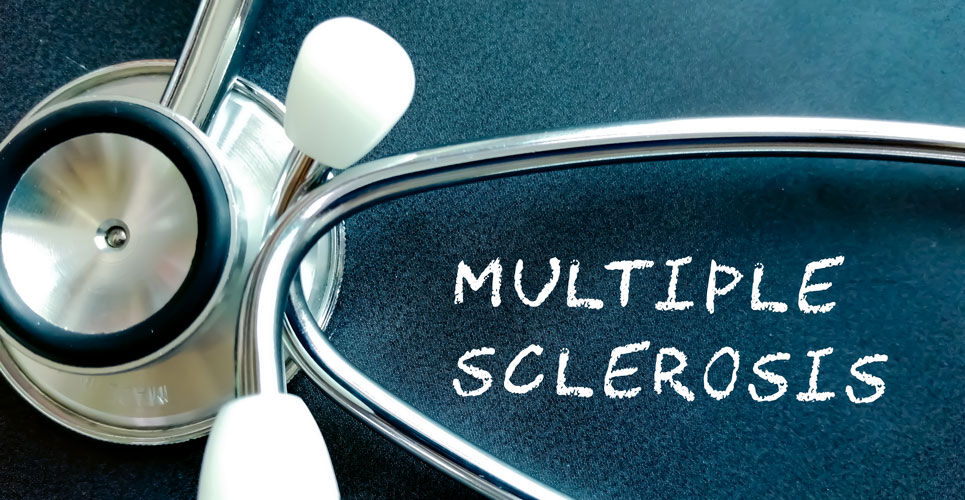Daily glatiramer acetate with either a high or low dose of vitamin D fails to reduce the confirmed relapse rate in MS
Multiple sclerosis (MS) affects over 2 million people globally and is currently incurable. There is some evidence showing that high levels of vitamin D reduce the risk of MS. In fact, among MS patients using interferon beta-1b, adding vitamin D reduces disease activity. Despite this, randomised trials of vitamin D in relapsing-remitting MS fail to show an improvement. However, trials to date only involve interferon beta. Glatiramer acetate reduces the relapse rate in MS and therefore affects disability. Whether adding vitamin D to glatiramer might reduce the relapse rate in MS is uncertain.
The present study tested if adding two doses of vitamin D to glatiramer could reduce disease activity in those with active MS. In a phase 3 RCT, participants had either a high (5000 IU/day) or low (600 IU/day) dose of vitamin D in conjunction with glatiramer. Participants with relapsing-remitting (RR) MS aged 18–50 years and with recent disease activity were eligible to enrol. Participated had an Expanded Disability Status Scale score ≤4.0 and a minimum serum vitamin D level of 15 ng/ml. The primary outcome was the proportion experiencing a confirmed relapse.
Glatiramer acetate and vitamin D and relapses
A total of 172 individuals, 89 receiving high dose vitamin D were enrolled. Participants were followed for 96 weeks.
Confirmed relapse rates did not differ at week 96 (hazard ratio, HR = 1.17, 95% CI 0.67 – 2.05, p = 0.57).
The authors suggested that vitamin D and glatiramer does not reduce the risk of clinical relapse in people with RRMS.

